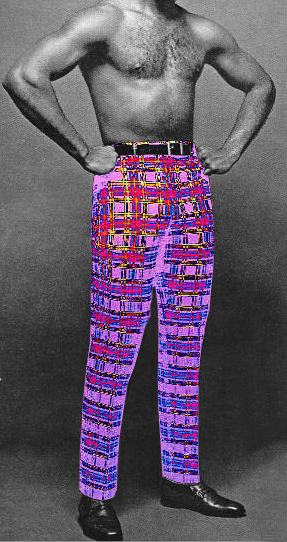Google says it's time for techno-trousers
 Google is taking the next step in wearable technology, teaming up with jean maker Levi Strauss to make touch-screen clothing.
Google is taking the next step in wearable technology, teaming up with jean maker Levi Strauss to make touch-screen clothing.
The project brings new meaning to the term ‘smartypants’.
The internet giant revealed its latest effort - Project Jacquard - at a developers conference in San Francisco.
Named after the French inventor of an automated weaving machine, Project Jacquard has been undertaken by a small Google team called Advanced Technology and Projects (ATAP).
“We are enabling interactive textiles,” Google ATAP spokesperson Emre Karagozler told conference attendess.
“We do it by weaving conductive threads into fabric.”
The project uses high-tech threads that can be woven seamlessly into a wide array of fabrics.
Conductivity can be limited to particular parts of the fabric, or spread throughout an entire cloth.
In a display at the conference, people controlled lights and computer screens with finger strokes on a blue cloth-covered table.
“It is stretchable; it is washable... It is just like normal fabric,” Mr Karagozler said.
The engineers hope clothing designers will be able to weave touch and gesture interactivity into any textile using standard, industrial looms.
It means anything from suits and dresses to socks, scarves, furniture and even carpet, could have touch-pad controls woven-in.
The conductive yarn is connected to tiny circuit clusters packed with miniaturised electronics.
This allows computational algorithms to recognise touches, swipes and other gestures, ATAP said.
The data can be transmitted to smartphones or other more capable devices, creating shortcuts for making phone calls, changing songs, sending messages and many other functions, with a simple brush of the fabric.
“In our hyper-digital world, people constantly struggle to be physically present in their environment while maintaining a digital connection,” Levi Strauss' head of global product innovation Paul Dillinger said.
“The work that Google and Levi's are embarking upon with Project Jacquard delivers an entirely new value to consumers with apparel that is emotional, aspirational and functional.”
More details are available in the video below.








 Print
Print